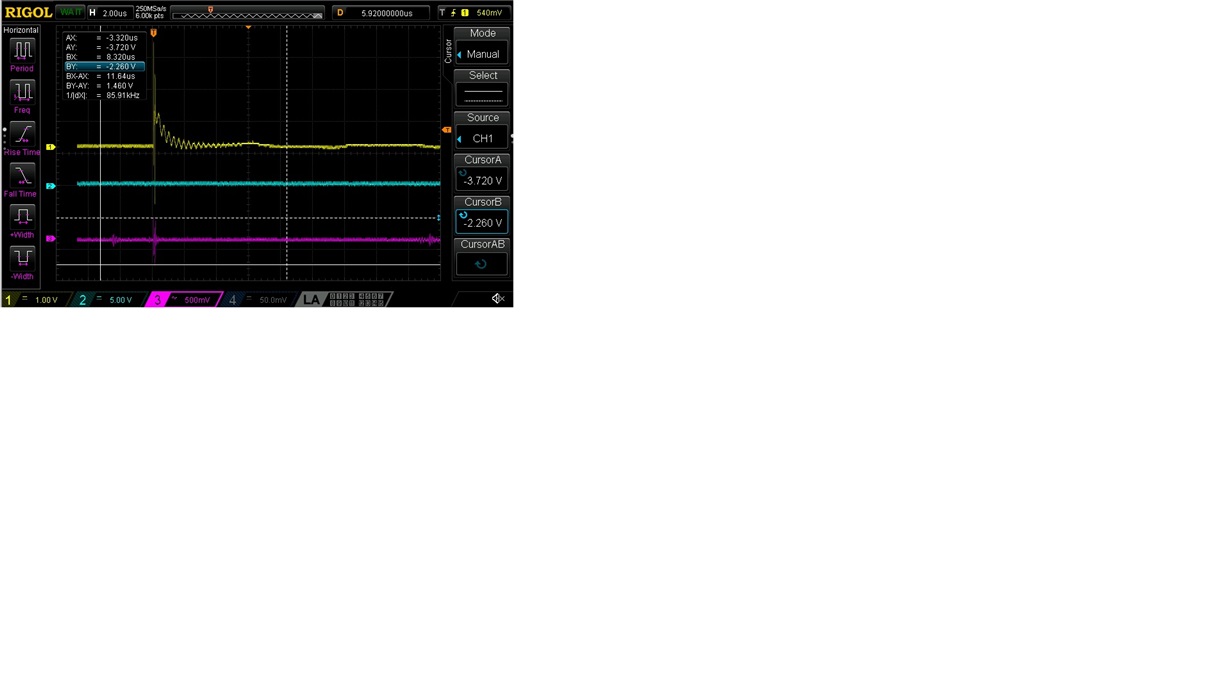Other Parts Discussed in Thread: TDC7200, TDC1000
We are using the TDC1011 AFE to interface to a 3MHz piezo sensor and the TOF we are getting is varying as much as 30uS when using a 3.5" container and as much as 60uS when using a 7.5" container.
All details of the test setup as well as TDC1011/TDC7200 register setting, scope screen shots, and output data are in the attached PDF.
If you need additional information/clarification please let me know.



